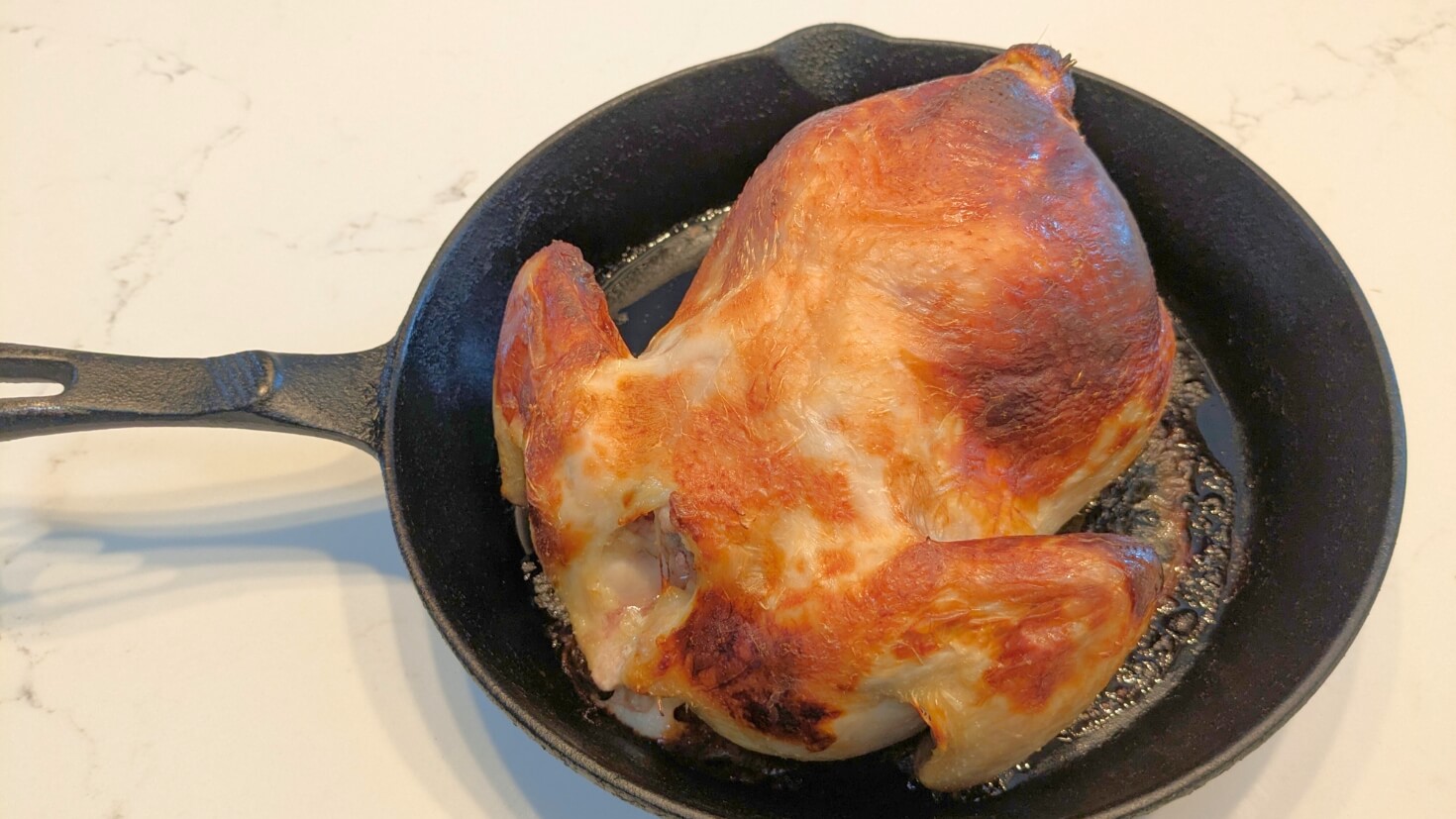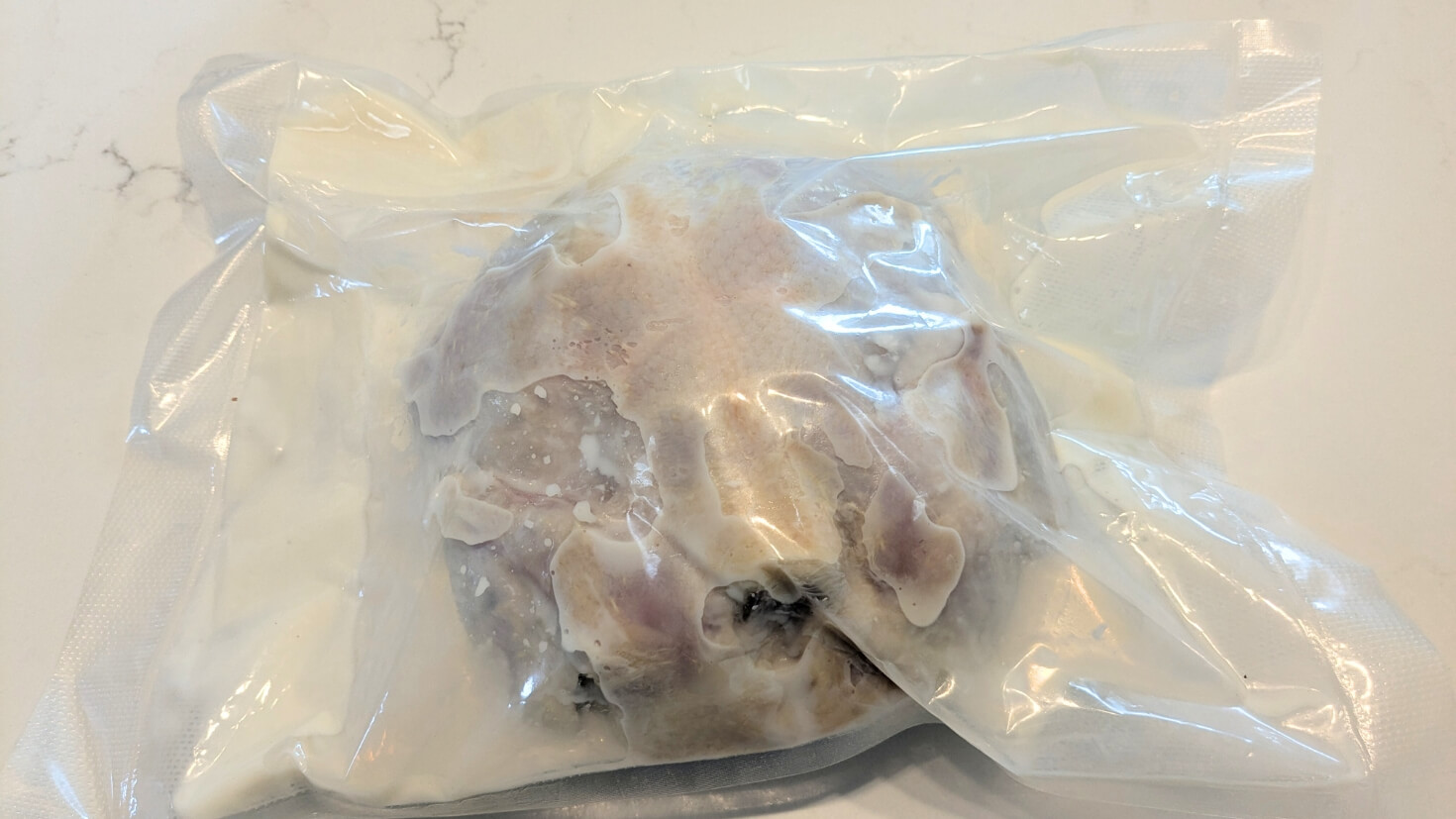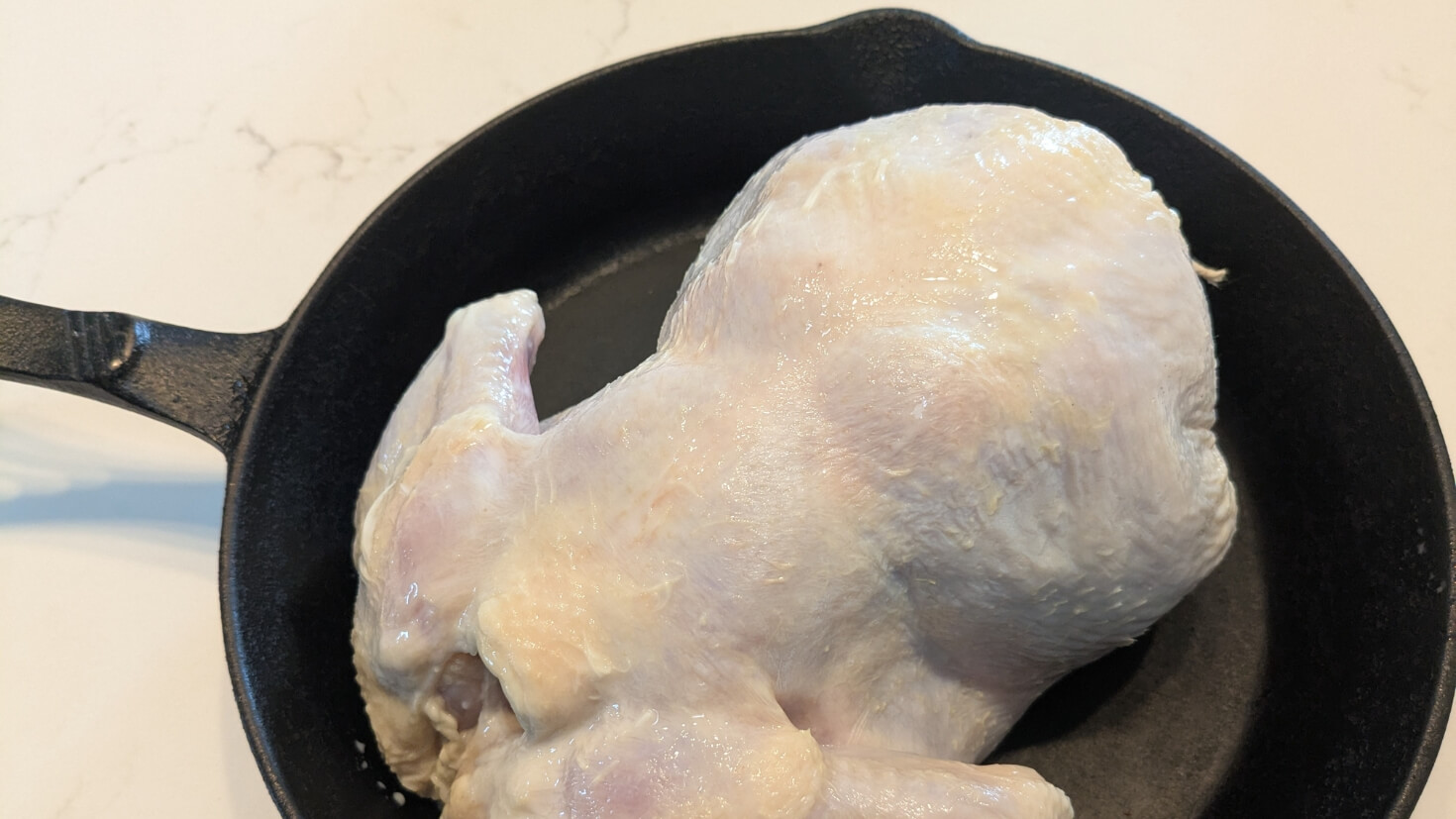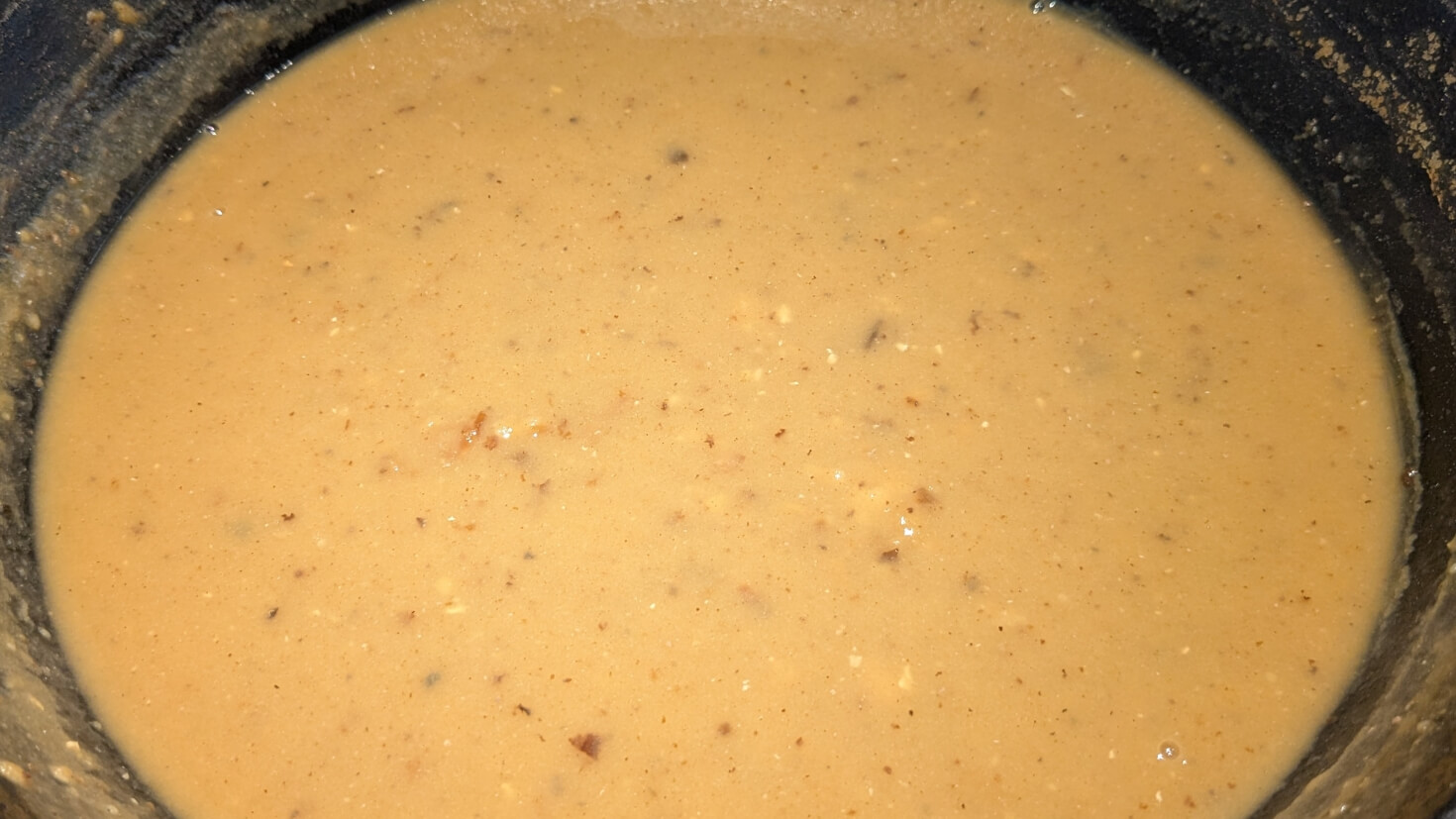Buttermilk Roast Chicken: Tender, Golden, and Simple to Make
 Jump to Recipe
Jump to Recipe
The buttermilk in this recipe tenderizes the meat and helps create a beautifully browned, flavorful crust. It’s simple to make but elevates the chicken to an exceptional level.
I first tried this technique because I had some leftover buttermilk from making Danish pancake balls, called aebleskiver, and wanted to try something different beyond the usual buttermilk pancakes or biscuits. This recipe was the perfect way to use it up. It's inspired by Samin Nosrat’s buttermilk-marinated version from Salt, Fat, Acid, Heat: Mastering the Elements of Good Cooking.
Roast chicken is one of my go-to comfort meals. It’s satisfying, easy, and really nostalgic. In this version, simply give the marinade time to work, roast the chicken, and let it rest before carving. It’s the kind of dish that feels special and is consistently good without demanding much from you.
Want to make this a full British Sunday roast? Serve it with homemade Yorkshire pudding, which adds the perfect golden, crispy complement to the chicken.
If you want to stretch the chicken even further, save the bones and make soup. Here’s one of my favorite ways to use the leftovers: Italian Chicken Soup with Orzo and Tomato.
Tip: Using a meat thermometer has completely changed the way I cook meat. It takes the guesswork out of doneness and builds real confidence in the kitchen. If you don’t have one, it’s worth the investment.
Ingredients
For the Roast Chicken
- 1 whole chicken (3 1/2 to 4 pounds / about 1.5 kg)
- 1 1/2 tablespoons salt
- 2 cups (475 ml) buttermilk
- 2 cloves garlic (optional)
- Butcher’s twine (optional)
For the Pan Gravy (optional)
- Drippings from the roast chicken
- 1/4 cup all-purpose flour
- Up to 1 1/4 cups water
- Salt and black pepper, to taste
How to Make Buttermilk Brined Roast Chicken
1. Salt and Marinate
Rub salt all over the chicken and let it sit for 30 minutes. If using garlic, lightly smash the cloves. Stir the salt into the buttermilk until dissolved. Then add the garlic. Pour the buttermilk mixture over the chicken in a sealed bag or container (I used a vacuum-sealed bag). Refrigerate for 12 to 24 hours, rotating the chicken occasionally if you remember.

2. Prepare to Roast
Remove the chicken from the refrigerator about an hour before cooking. Preheat the oven to 425°F. Shake off any excess marinade. If using garlic, you can stuff the cloves into the cavity. Tie the legs with butcher’s twine if you’d like although it’s not essential.

3. Roast the Chicken
Place the chicken in a cast iron skillet or shallow roasting pan. Roast for 20 minutes. Then, reduce the oven temperature to 400°F (200°C). Rotate the pan for even browning.
4. Finish and Rest
Continue roasting until the chicken reaches an internal temperature of 150°F (65.56°C) in the thickest part of the breast, or until the juices run clear and the skin is deeply golden, about 30 more minutes. Transfer the chicken to a plate and tent with foil. Let it rest for at least 10 minutes before carving.
5. Make Pan Gravy (Optional but Worth It)
While the chicken rests, place the skillet with drippings over medium heat. Scrape up any browned bits and whisk in 1/4 cup flour. Let it cook for about a minute, then add water in 1/4 cup increments, whisking well between each addition, until you've added about 1 1/4 cups. Continue whisking until the gravy is smooth and thickened. Season to taste with salt and pepper.

Serving idea: Pair this with roast vegetables, a simple green salad, or homemade Yorkshire pudding for a classic, cozy roast dinner.